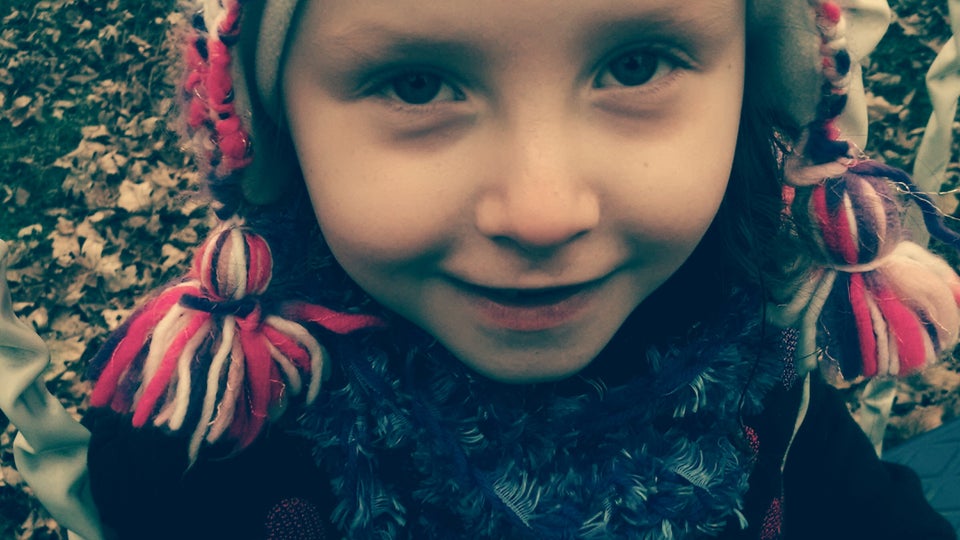Camille Proctor began noticing changes in her son, Ari, around his second birthday. His communication skills regressed and he grew fascinated with their home ceiling fan, flicking the light switches on and off. That same year, Ari was diagnosed with Autism Spectrum Disorder (ASD). It's a disorder that affects 1 in 68 children but often goes unidentified in communities of color.
The challenges Proctor faced in the aftermath of her son's diagnosis prompted her to create The Color of Autism, a nonprofit organization aimed at providing support and spreading ASD awareness to communities of color. Though she's managed to provide aid and resources to families in similar situations, there are still many obstacles to overcome.

The Road To Diagnosis
Statistics and research confirm an inconsistency in autism detection in black and Hispanic communities. According to the most recent data from the CDC, white children are 30 percent more likely to be identified with ASD than black children and 50 percent more likely than Hispanic children. But black or Hispanic children were not less likely to have ASD, so a disparity is clear.
"There’s a lack of diversity in stories with children with disabilities," Proctor told The Huffington Post. "And the autism population is really diverse."
Proctor, who was born and raised in Detroit, said she started chronicling her son's behaviors early on. "He loved turning lights on and off -- and at that time, it didn’t click in my mind that that’s something people with autism do. I knew what autism was, but I didn’t know anyone with autism."
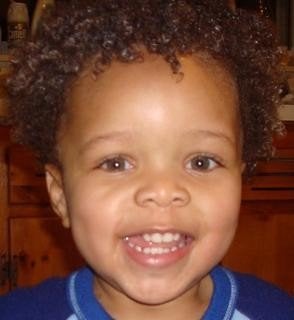
Proctor moved to the Atlanta area in 2008 for work when Ari was 2 years old. After taking him to a number of healthcare providers in a search for answers, Ari eventually saw a doctor in Atlanta who identified that Ari had one additional chromosome to the typical 46, a genetic disorder called a trisomy that in some instances can be linked to Down syndrome. But Proctor said that still no diagnosis of ASD was made.
“It really wasn’t an answer,” Proctor said. “The defining factor was him going to a developmental pediatrician.” Ari, who is now nearly 10 years old, was officially diagnosed with ASD later in 2008 at the age of 2 by a developmental pediatrician.
Discovering Obstacles
Once Camille Proctor became aware that Ari had ASD, she began heavily researching the necessary treatments for her son.
"I read all of these things," the mom told HuffPost. "I thought, if he has all of these [resources], then he’s going to get better. But the problem was, all the things he needed to get better were difficult to get for him. There are limited places where you can get speech and language therapy, and ABA therapy."
Additionally, Proctor had difficulty finding daycares willing to cater to Ari's needs while she was at work.
The mom recalled an incident where a teacher grew frustrated with Ari because he didn't respond when she asked him to put away a toy truck.
"She said, 'Oh no, we don't do that here,'" Proctor told HuffPost.
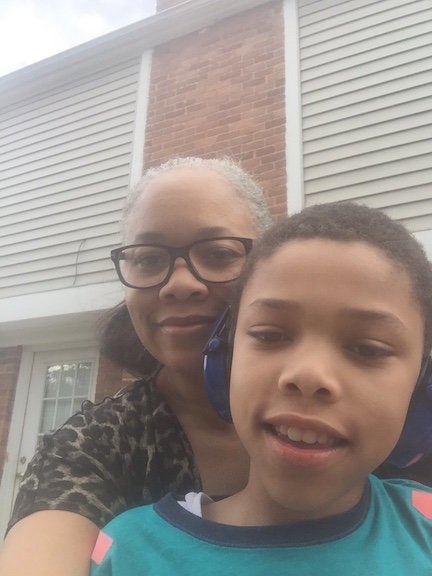
In addition to finding the resources that Ari needed, Proctor had to consider the financial costs. Even with support from Ari's father, who lived in Michigan at the time, affording the associated costs for treatment and suitable childcare became difficult. Various therapies for Ari cost Proctor about $2,000 a month, the mom told HuffPost. (It is important to note that according to the CDC, there is no medication that cures ASD or treats its core symptoms. And medications don't impact all children on the spectrum the same way).
Additionally, as a mother raising a black son with autism, Proctor fears her son, who doesn't respond to social cues the way other children do, is more likely to become a victim of police violence.
"When I started my organization, I'd go to different support groups and ask, 'What happens when my son is 12 or 13 and the police approach him?'" Proctor told HuffPost, referencing 12-year-old Tamir Rice who was fatally shot by a Cleveland police officer. "When you have any child of color, the first thing you teach them how to do is yield. What happens to a kid who doesn’t know how to yield?"
The Grim Statistics
As the nation recognizes April as Autism Awareness Month, stories like Proctor's -- those of people of color impacted by autism -- often go untold. But the inescapable statistics that show a gap in diagnosis for black and Hispanic children prove that these stories must be told.
According to Susan Levy, a pediatrician who works at the Division Development and Behavioral Pediatrics at The Children's Hospital of Philadelphia, the target age to make an ASD diagnosis is 2 years old.
“The earlier the better,” Levy said. “With tools available, you can make a diagnosis between 2 and 3.”
Dr. Levy, who has not treated Ari, told HuffPost that Ari’s early behaviors are “absolutely” typical signs of ASD, but generally, children of color are diagnosed with autism later than their white counterparts, and there doesn't seem to be a clear reason why.
“There does seem to be later identification of children who are Hispanic,” she said. “And African-American children tend to be identified later. We don’t know a lot about factors accounting for it."
She suggested that perhaps black and hispanic children are often diagnosed with ASD later in life due to under-recognition of symptoms and lack of access to services.
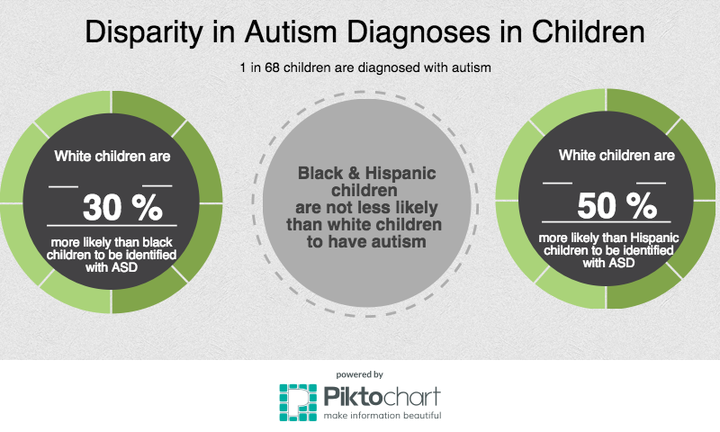
In a 2013 study, the American Academy of Pediatrics explored whether potential language barriers factored into the disparity in detection for primarily Spanish-speaking families impacted by autism.
Of the 267 primary care pediatric practices sampled in their California study, only 29 percent offered ASD screenings per the AAP's guidelines in Spanish. Moreover, only 10 percent offered both the AAP's general developmental and ASD screenings in Spanish.
As with Proctor's case, costs can be a big obstacle to obtaining the proper support for kids with autism.
According to the CDC, the average medical expenditures for children and adolescents with ASD are 4.1 to 6.2 times higher than children without ASD.
Furthermore, different states have varying laws and mandates on insurance coverage for ASD-related treatment. However, in the years since Ari's diagnosis in 2008, states have increasingly passed legislation for insurance companies to cover autism-related care. Georgia specifically passed legislation in 2015 that required certain insurance coverage for children with ASD.
Dr. Levy pointed out that as legislation for autism support has improved over the years, general awareness and advocacy surrounding ASD as a whole has increased since 2008.
"It's more in the public mind," Levy told HuffPost. "And I think that helps to promote identification."
But even with more awareness and improvements in ASD identification in minority communities over the years, Levy noted there's still work to be done.
"That said, there is still is a delay where black and Hispanic [children] are identified earlier," she said. "It’s getting better, not where we want it to be, but it is getting better."
Finding Solutions
In 2009, inspired by her own struggle and feeling a lack of support and awareness for black families impacted with autism, she founded the organization to help others in her position. At that point, Proctor had quit her job and was living off savings and occasional contract work in order to focus her efforts on finding the right care for Ari.
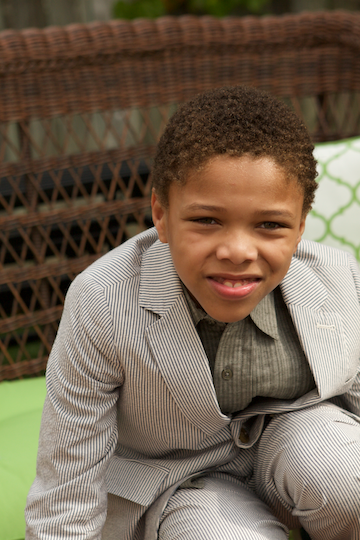
Through her outreach, she met families who went years without a diagnosis. "I just want to make sure that children of color get screened for autism and get into therapy," she said.
The Color Of Autism is now primarily based in Michigan, where Proctor and Ari relocated in search of better schools, but the nonprofit provides support to families across the U.S. The organization's primary focus is to spread necessary information about ASD to communities of color and to provide families with small grants, among other services.
While autism detection, treatment and awareness vary for children of color, the national discussion surrounding the importance of early detection must remain consistent.
See more information on The Color Of Autism here.
